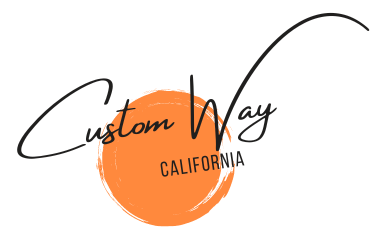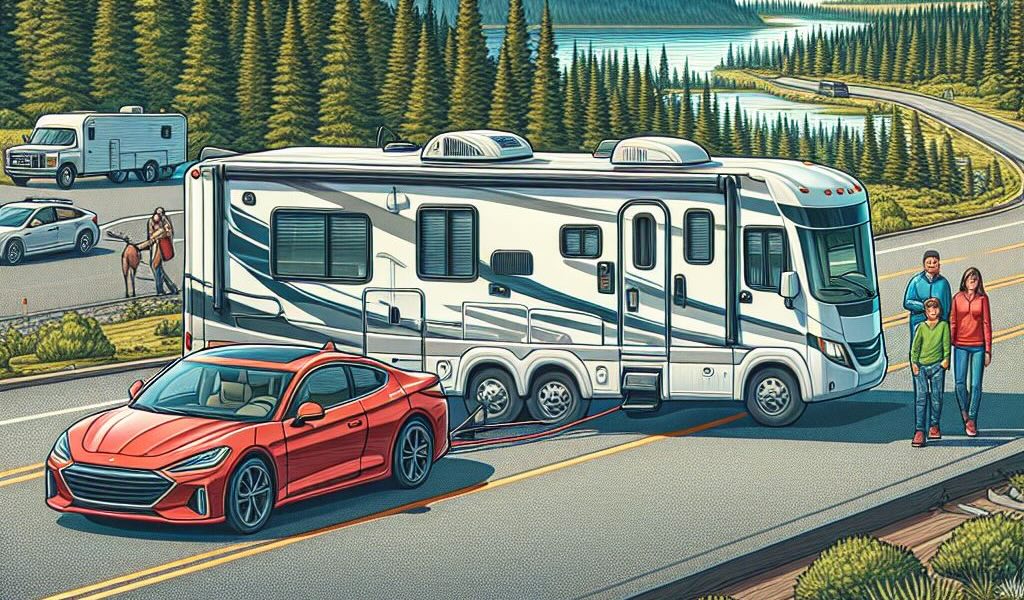Towing a motorhome can seem like a daunting task, but with the right preparation and equipment, it can be done safely and efficiently. Whether you’re moving your motorhome to a new location or need to tow it for maintenance, following these steps will help ensure a smooth process.
1. Choose the Right Towing Method
There are several methods to tow a motorhome, and the best one for you will depend on your specific situation and the type of motorhome you have:
- Flat Towing (Dinghy Towing): This involves attaching the motorhome to the tow vehicle with all four wheels on the ground. It’s a popular method for smaller motorhomes.
- Dolly Towing: This method uses a tow dolly to lift the front wheels of the motorhome off the ground while the rear wheels remain on the road.
- Trailer Towing: For larger motorhomes, using a flatbed or enclosed trailer to carry the entire motorhome is often the safest and most secure option.
2. Check Your Equipment
Before you begin towing, ensure that all your equipment is in good working condition:
- Tow Bar or Hitch: Make sure your tow bar or hitch is rated for the weight of your motorhome and is securely attached to both the tow vehicle and the motorhome.
- Safety Chains: Always use safety chains as a backup in case the tow bar or hitch fails. Cross the chains under the hitch to create a cradle that can catch the tongue of the trailer if it disconnects.
- Braking System: Depending on the weight of your motorhome, you may need a supplemental braking system to help stop the motorhome while towing.
3. Prepare the Motorhome
Before towing, take the following steps to prepare your motorhome:
- Secure Loose Items: Inside the motorhome, secure any loose items that could shift during towing.
- Check Tires: Ensure that the motorhome’s tires are properly inflated and in good condition.
- Disconnect Utilities: If your motorhome is connected to any utilities (water, electricity, etc.), make sure to disconnect them before towing.
4. Attach the Motorhome
Carefully attach the motorhome to the tow vehicle:
- Align the Vehicles: Position the tow vehicle and motorhome in a straight line to make attachment easier.
- Connect the Tow Bar or Hitch: Attach the tow bar or hitch according to the manufacturer’s instructions. Double-check all connections to ensure they are secure.
- Attach Safety Chains: Connect the safety chains, crossing them under the hitch for added security.
- Connect Electrical Wiring: Ensure that the motorhome’s lights and signals are connected to the tow vehicle’s electrical system.
5. Test Your Setup
Before hitting the road, perform a few tests to ensure everything is working correctly:
- Check Lights and Signals: Verify that the motorhome’s brake lights, turn signals, and running lights are functioning properly.
- Test Brakes: If using a supplemental braking system, test it to ensure it is working correctly.
- Drive Slowly: Take a short test drive at a low speed to check that the motorhome is towing smoothly and there are no unusual noises or issues.
6. Drive Safely
When towing a motorhome, keep these safety tips in mind:
- Drive at a Moderate Speed: Towing a motorhome requires more stopping distance and can affect handling, so drive at a moderate speed and avoid sudden maneuvers.
- Use Turn Signals Early: Signal your intentions early to give other drivers plenty of notice.
- Take Wide Turns: Motorhomes have a larger turning radius, so take wide turns to avoid clipping curbs or other obstacles.
- Monitor Your Mirrors: Regularly check your mirrors to ensure the motorhome is towing correctly and to be aware of your surroundings.
Towing a motorhome requires careful preparation and attention to detail, but by following these steps, you can ensure a safe and successful towing experience. Whether you’re a seasoned RV enthusiast or new to motorhome towing, these tips will help you navigate the process with confidence.

